Escamoles: Unveiling Mexico’s Gourmet Ant Eggs
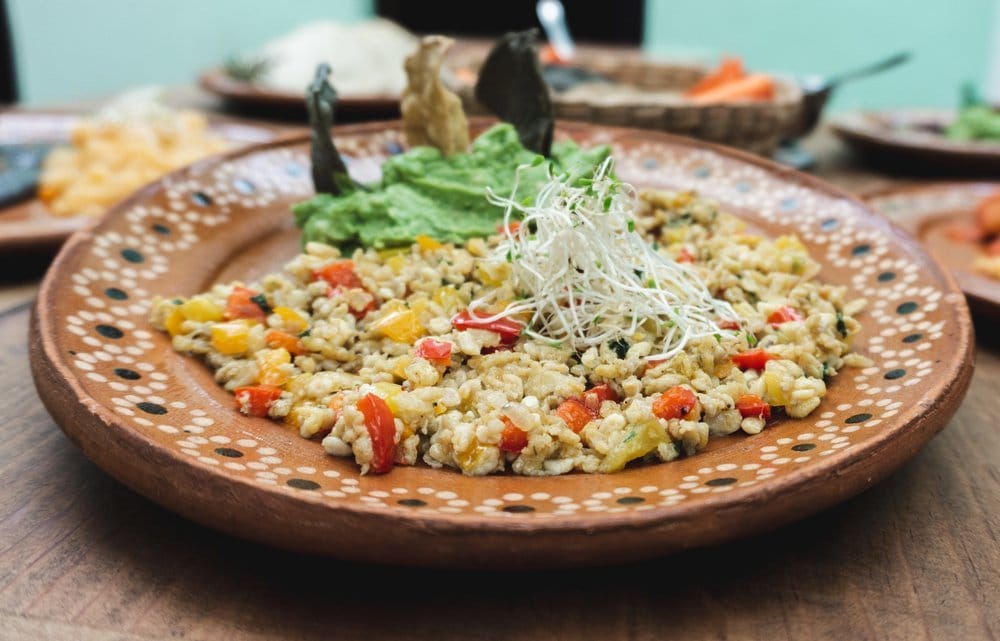
Escamoles are one of the most important pre-Hispanic foods in Mexican cuisine. These ant larvae are a delicacy inherited from pre-Columbian cultures.
For ancient civilizations, it was a timely and valuable find since large quantities of these larvae provided them with a high nutritional content, which helped them survive those long hours of fasting and walking.
Hidden under the ground, protected by millions of aggressive ants, are the escamoles, a delicacy referred to as the butter of Mexico, which shine within the richness of Mexican gastronomy.
Escamoles have an explosion of fine flavors where the taste of sweet corn and grass predominate.
However, there are also versions of historians who claim that the escamoles were an exclusive dish for the emperor Moctezuma.
From their capture method to their subtle and characteristic flavor, escamoles are a coveted and difficult-to-obtain product.
Today, I’ll share their history, how they are obtained, and how escamoles are prepared.
Interesting facts about Escamoles

The word escamol comes from the Náhuatl “azcatl” ant and “molli” stew.
Another way of calling them in different Mexican states is guijes, tecates, azcamolli, or hugues.
Escamoles are the larvae or eggs of the guijera ant (liometopum apiculatum).
Its whitish aspect is like that of puffed rice, its texture is soft, and in the mouth, it bursts a little letting out its liquid filling.
It is a seasonal product; these eggs are collected between March and April.
The leading producing states are Tlaxcala and Hidalgo, so the Mezquital Valley has an extensive culinary culture around the escamoles.
The queen of the escamolera ant is in charge of establishing the nest.
This is done under the ground at almost 3 mts, and it can be done under different types of plants: nopaleras, mesquites, pirul trees, or magueys.
How long does it take to collect Escamoles?

It takes about five years to produce enough escamoles for sale.
In the old days, seven to eight kilograms per nest of escamoles were harvested, which created overexploitation, and for this reason, it has been in danger of extinction for some years. So they started regulating them.
Nowadays there is more caution and awareness in this regard.
Care must be taken when collecting the escamoles because it is necessary to ensure not to harm the queen or the population in addition to suffering ant bites.
When finished, the collectors cover the nests very well so that the larvae can regenerate and continue to reproduce.
Before consuming them, the escamoles must be washed at least five times to remove the soil very well.
You may want to read: Chinicuiles and Mezcal Worms: The Kings of Edible Insects
Due to their subtle and complex flavor, the best way to cook them is with few ingredients.
Lard or butter, onion, and a little epazote are the most common.
Nutritional value
Escamoles have essential nutritional values. A high protein content, almost four times more than beef.
They also provide vitamins, such as B complex, and minerals like sodium, potassium, phosphorus, magnesium, and calcium.
It is considered an exotic dish, as it is truly a unique experience to the palate; many refer to them as “Mexican caviar.”
Because it is a seasonal product with high demand, its approximate price is 3,000 pesos for a kilo of escamoles.
How to prepare Escamoles

Since its flavor has a very fine sweetness, its preparation is pretty straightforward.
The most common way is to cook them with butter and epazote.
INGREDIENTS
- 1 cup of chopped white onion
- 100 grs butter
- 1 tablespoon of olive oil
- 1 green serrano chile, chopped
- 400 grs of escamoles
- 2 tablespoons of epazote leaves
- Salt to taste
PROCEDURE
- First, sauté the onion with the butter and oil in a frying pan
- Add the chili and the escamoles, and cook until they turn white
- Finally, season with salt and epazote, mix for a couple of minutes and remove from heat
There you have it—the Mexican caviar. Buen provecho!

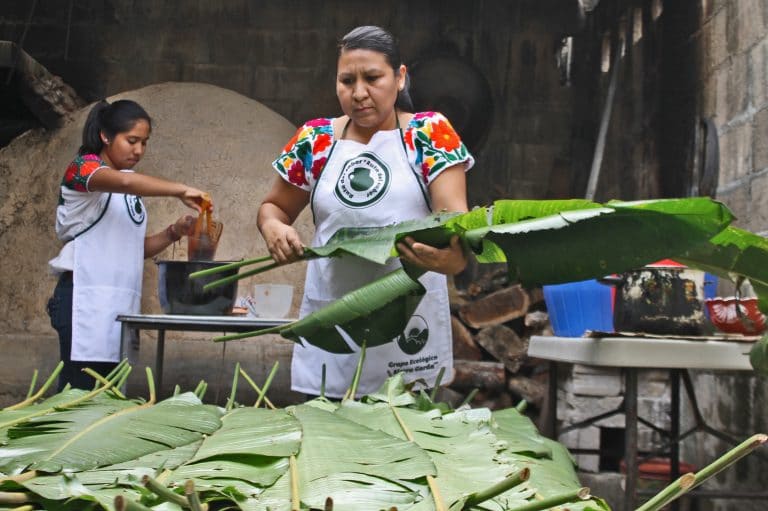
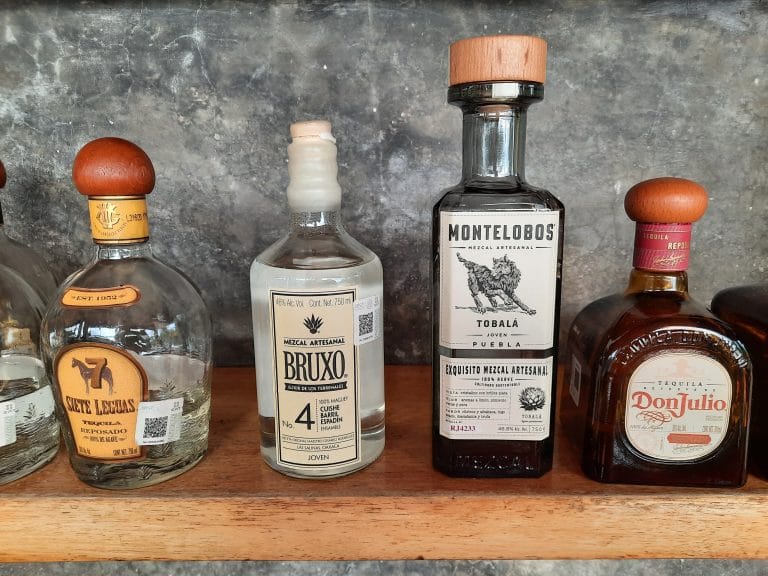
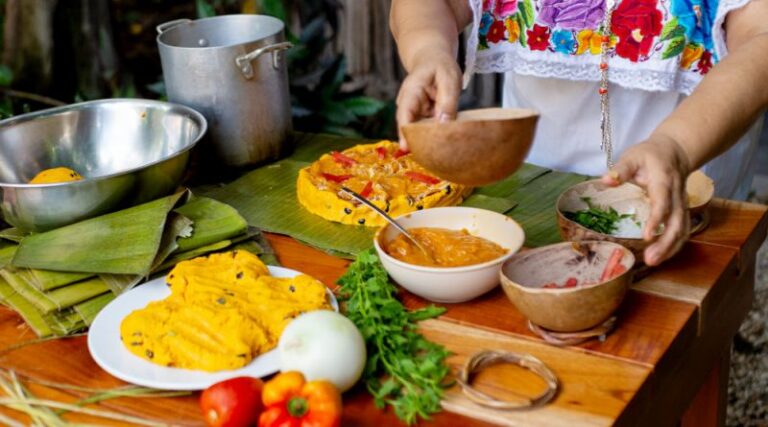
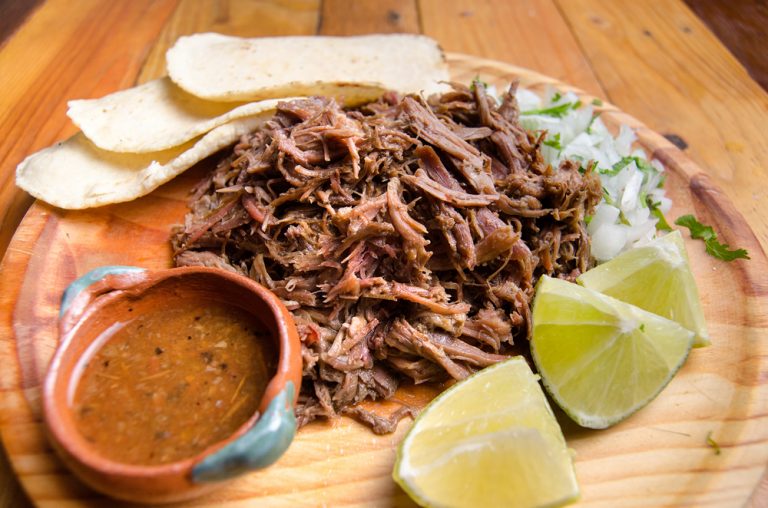
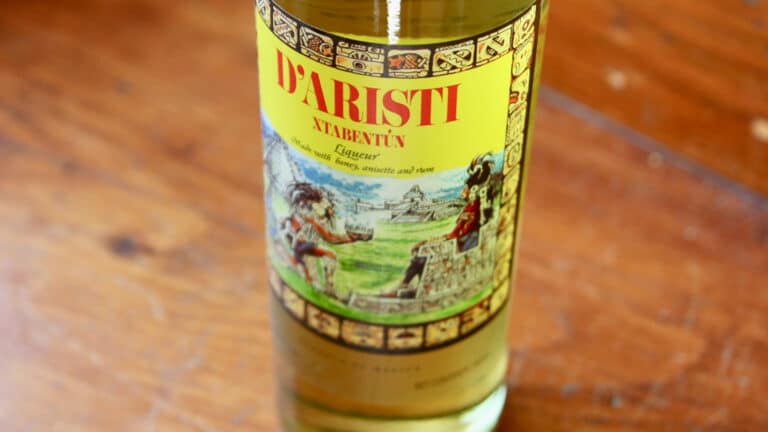
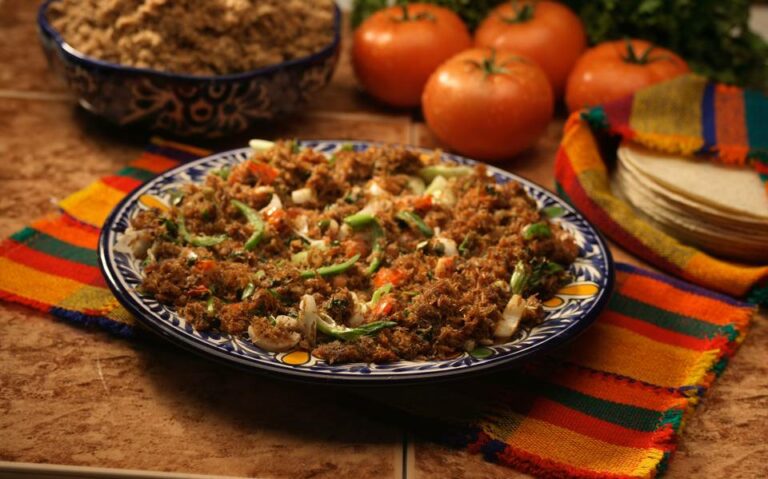
One Comment